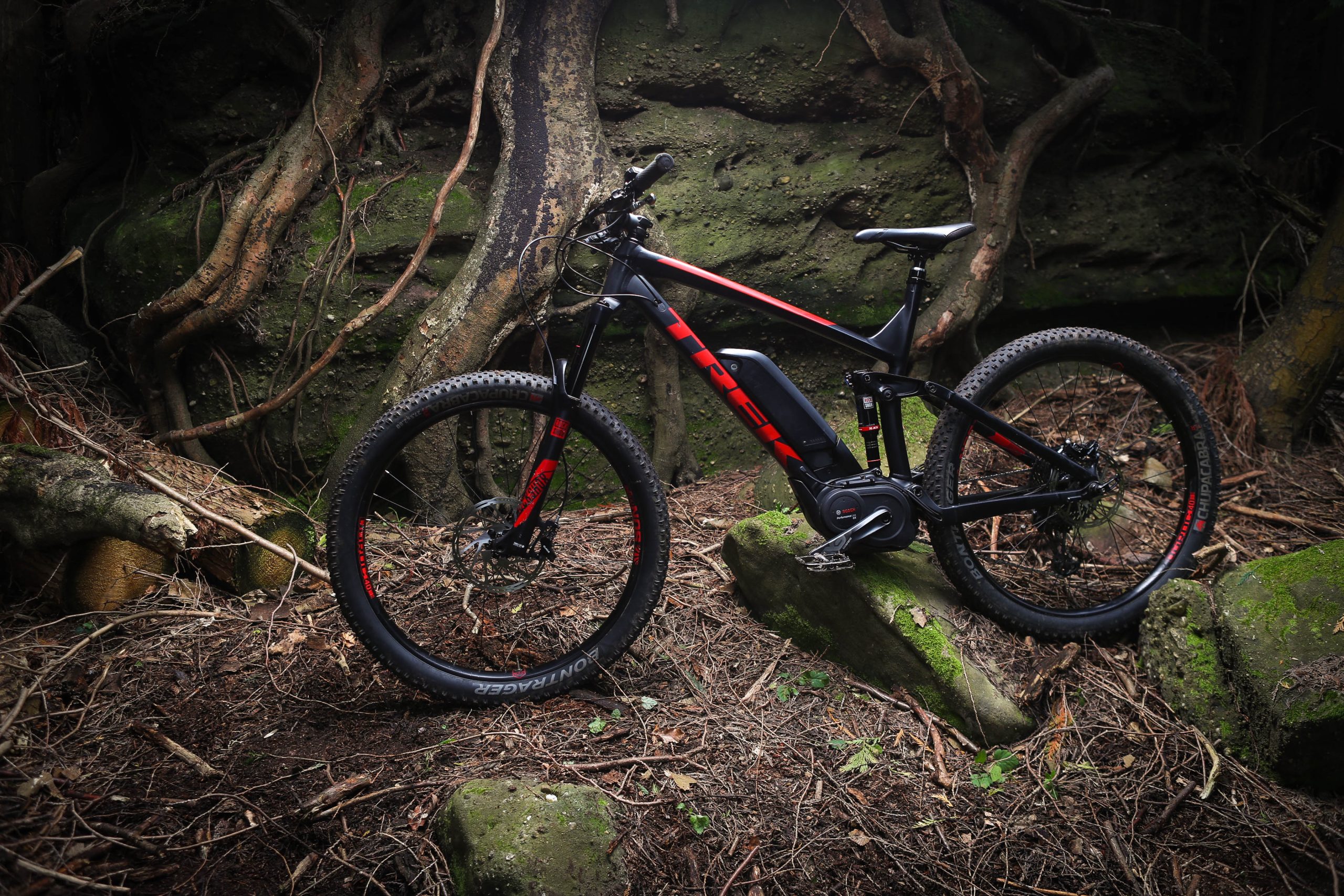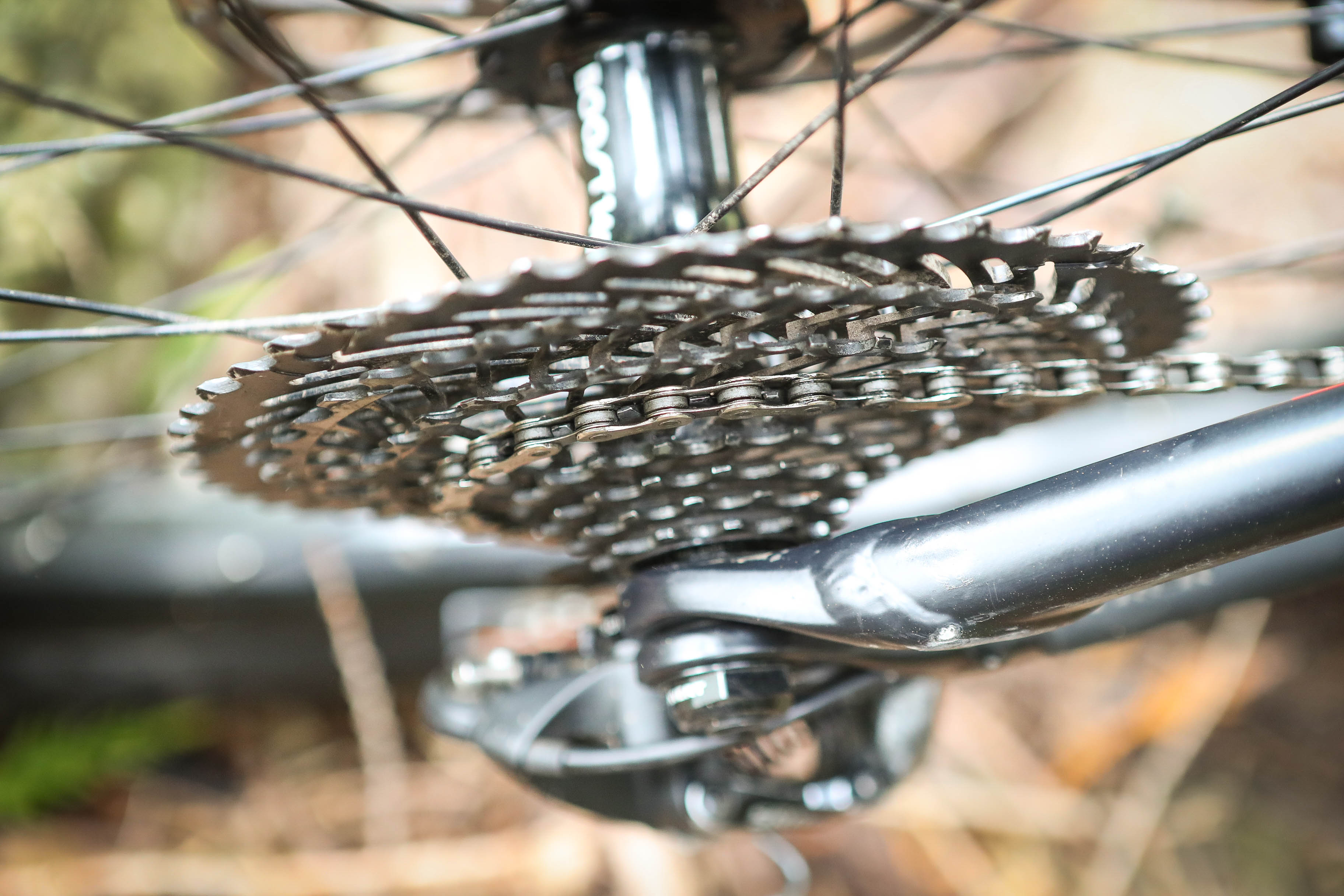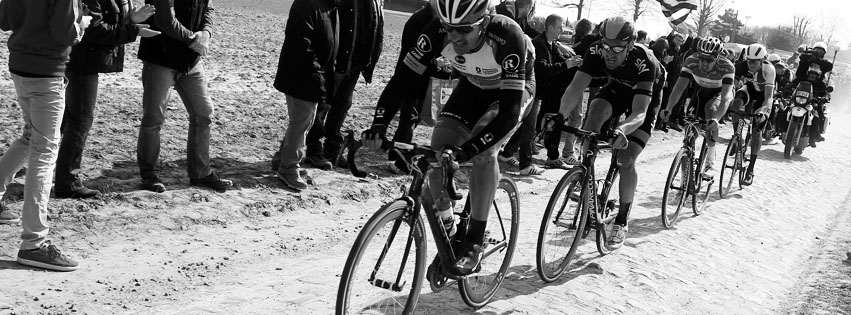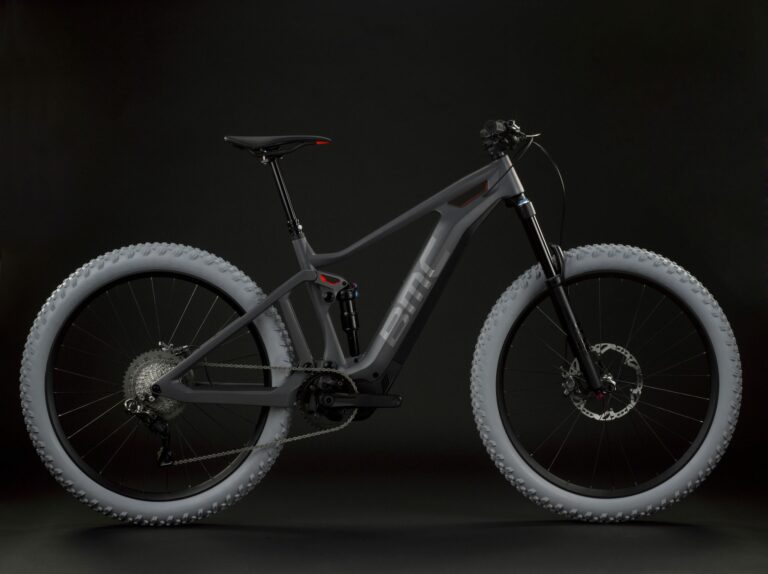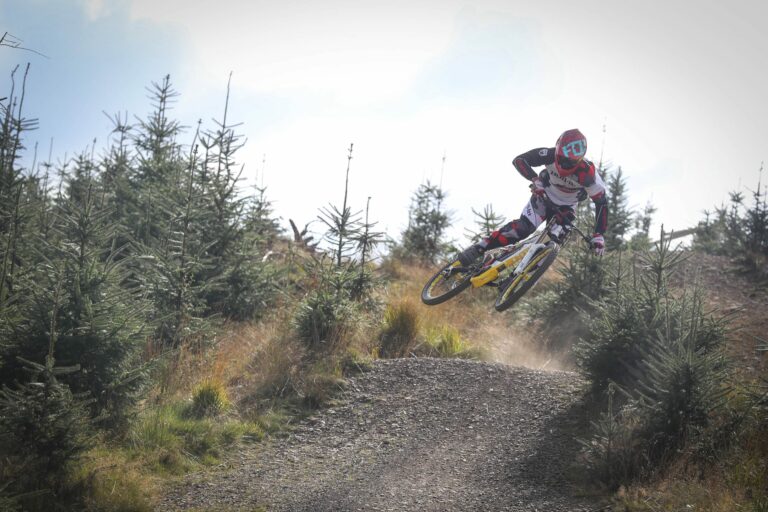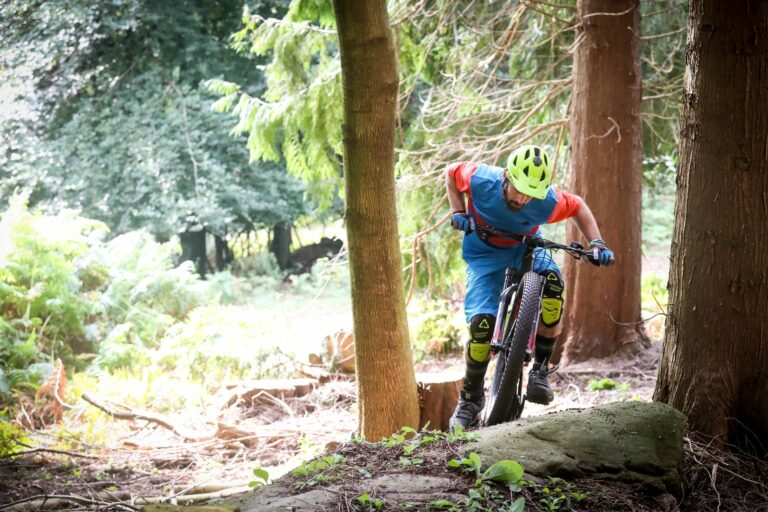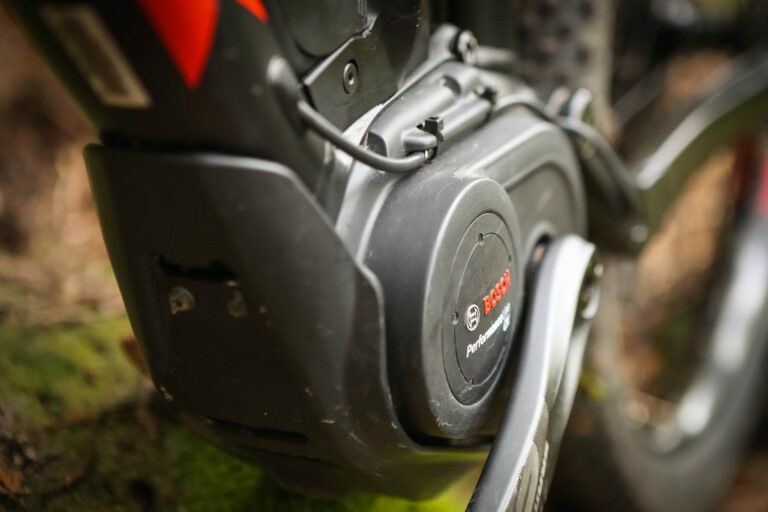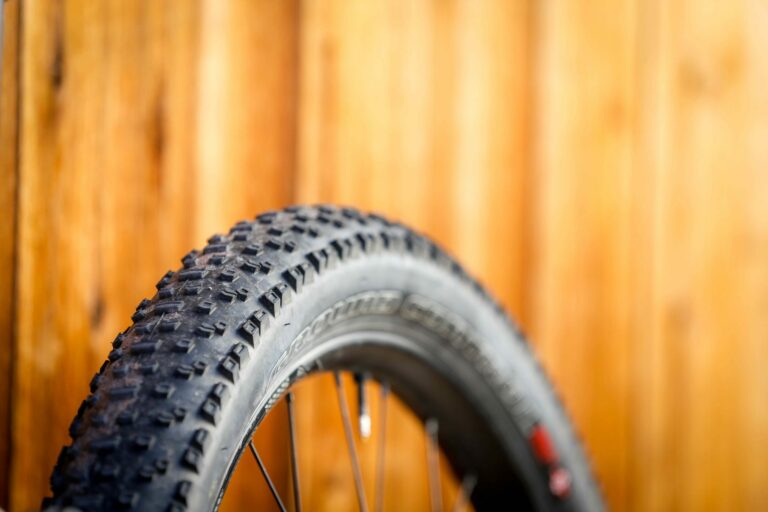Limitations
Slightly noisy the bike has already had some creaks develop, we’ve also broken the chain device on the drive side casing quite easily. The bar mounted display is far better than the bulky versions on the other Bosch clad bikes but can still be vulnerable.

Tyres aided climbing and the traction under braking was good, but whilst the tyres roll quickly when loaded into corners the sidewalls simply collapse due to weak sidewalls. In the mud they are quite simply useless. It’s also difficult on occasions to pair the correct gearing with the right power mode until you get tuned in. Riding in deep mud should be avoided as it clogs the front sprocket way too easily.

Verdict
While the Trek boasts of “inner strength” sidewall tyres we found this to be its weakness, for they simply collapse when ridden hard. The battery makes too much rattle and the brakes can get hot on super extended descents. On two to three minute UK downhill tracks they are fine. The cabling is neat and overall for the abuse it has been taking, it’s the bike that has held up the best.

But as a climbing/descending machine we feel it’s the best on the market. We’re going to experiment with tyres and try and silence the battery but the climbing/descending position is excellent and crucially the Trek Powerfly LT has a correct tuning to the damper, a feature some brands have yet to figure out. This bike is fully brilliant. It makes everyone who has ridden it very, very happy.
Motor – Bosch 250Wh 60Nm
Battery – Bosch Power Pack 500Wh
Travel – 150/150 Boost 51 offset
Weight – 49lb
Price – £4350
SIZE 15.5S 17.5M 18.5L 19.5XL 21.5XXL
Wheelbase 1183 1213 1223 1248 1278
Reach 393 423 441 454 478
Head Angle 66
Seat Angle 71.5
Chain Stay 475
BB Height 340
www.trekbikes.com
[monetizer101 search=’Trek Powerfly LT’]


